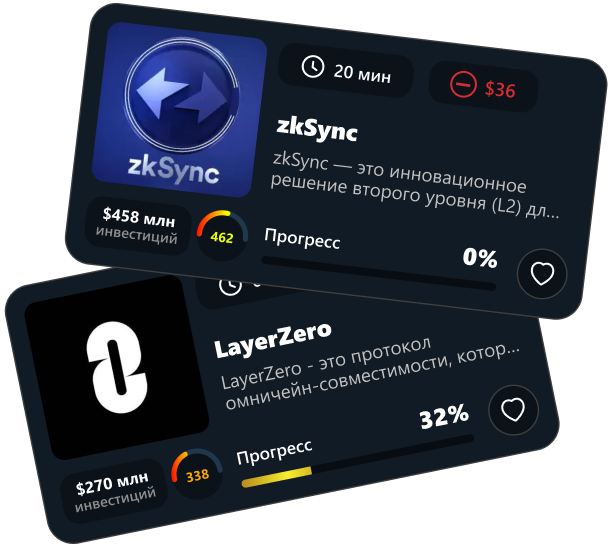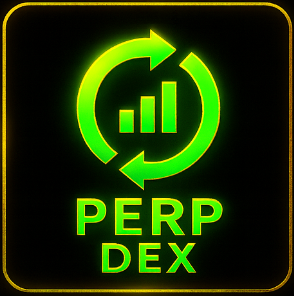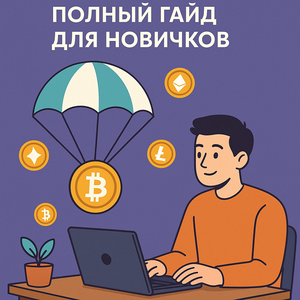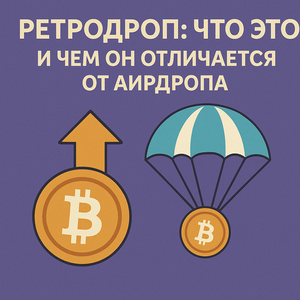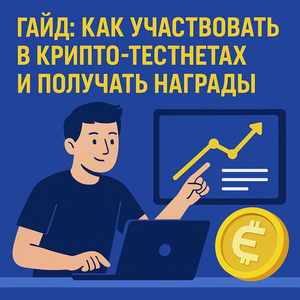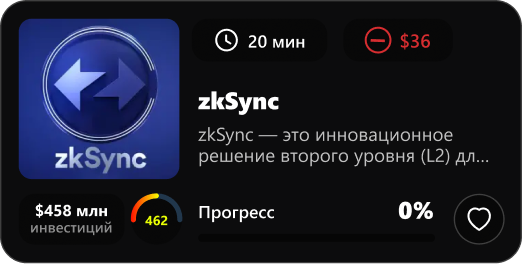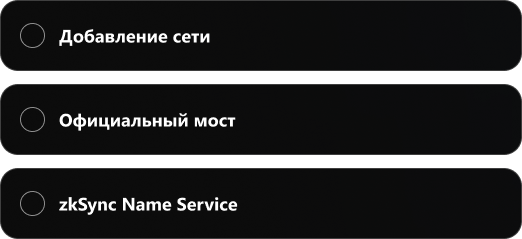10 security tips
Basic rules of digital hygieneWeb3 and the crypto industry allow you to fully manage your funds (tokens) without intermediaries. This is both a big plus and a significant minus. In the traditional financial system, many providers and organizations, such as banks, take responsibility for the safety of funds, design security systems, and comply with legal requirements.
In the crypto industry, you interact with a decentralized system that does not provide technical support and has no direct obligations to you, apart from the executable code. Each participant in the system is responsible for correctly using their wallets to avoid being hacked or scammed and to not lose access to their funds.
Even large wallets regularly lose funds; some people lose access to their wallets, and others are scammed. For example, check out the account on the social network X (Twitter) - https://x.com/realScamSniffer, where the largest thefts are regularly reported. The speed and convenience of transferring tokens or interacting with decentralized applications also come with the risk that in case of a hack, the tokens will quickly be transferred to the scammer or lost due to a mistake.
-
Digital hygiene on the Internet. Your device should be a safe environment by default. Look for articles on internet security; there are thousands. Don’t click on suspicious links, don’t use the same passwords, don’t download strange software or browser extensions, and so on. This is basic.
-
Separate account and browser. Create a separate account on your device’s operating system and use a separate browser for all interactions with the crypto world.
-
Seed phrase storage. Your seed phrase (the words you see when creating a wallet) is the key to everything! It cannot be changed or regenerated. If it is stolen, no other methods will help. Store it securely in several places (preferably in parts; you can use Shamir Backup, an algorithm for splitting the key into parts) and separately from your wallets. The seed phrase NEVER needs to be shared with anyone else. I recommend testing wallet recovery from it on another secure device every few months to ensure your seed phrase storage method works.
-
Wallet segmentation by usage profile. Each wallet should have its own purpose. Do not use the wallet where you store long-term savings for new trendy projects. You need to feel this intuitively. For example, you wouldn’t wear shorts to the office or trousers to a workout.
-
Hardware wallets. If the value of your tokens is significant, consider purchasing hardware wallets like Ledger or Trezor. In this case, your private key is stored not on a laptop or phone, but in the physical wallet in an almost unextractable form. A wallet costs 100-200 USD; it’s best to have at least two (one as a backup). The cost of protection should not exceed the value of your assets; assess the protection/asset ratio when analyzing risks.
-
Bookmarks for sites. Save the sites where you interact with your wallet in your browser bookmarks. Always check that you are on the correct site. Regularly cross-check with official sources. Never follow links from comments or advice. Try to find the original source yourself.
-
Whitelist addresses. Save receiving and sending addresses in the whitelist in your wallets and exchanges. Never copy them directly from the blockchain or from a previous transaction. Check not only the first and last characters.
-
Testing with a small balance. If you have doubts, use a backup or new wallet with a small balance to test interactions.
-
Security on centralized exchanges. Follow the security recommendations of centralized exchanges. They are there for a reason. Use address whitelists, two-factor authentication (preferably not SMS).
-
Attention and verification. Never rush; carefully check what you are clicking, agreeing to, and signing. If you don’t understand, it’s better not to click and to check everything again. For transaction verification, you can use Malwarebytes Browser Guard or Scam Sniffer.
By following these recommendations, you can significantly increase the security of your funds in the crypto industry.


